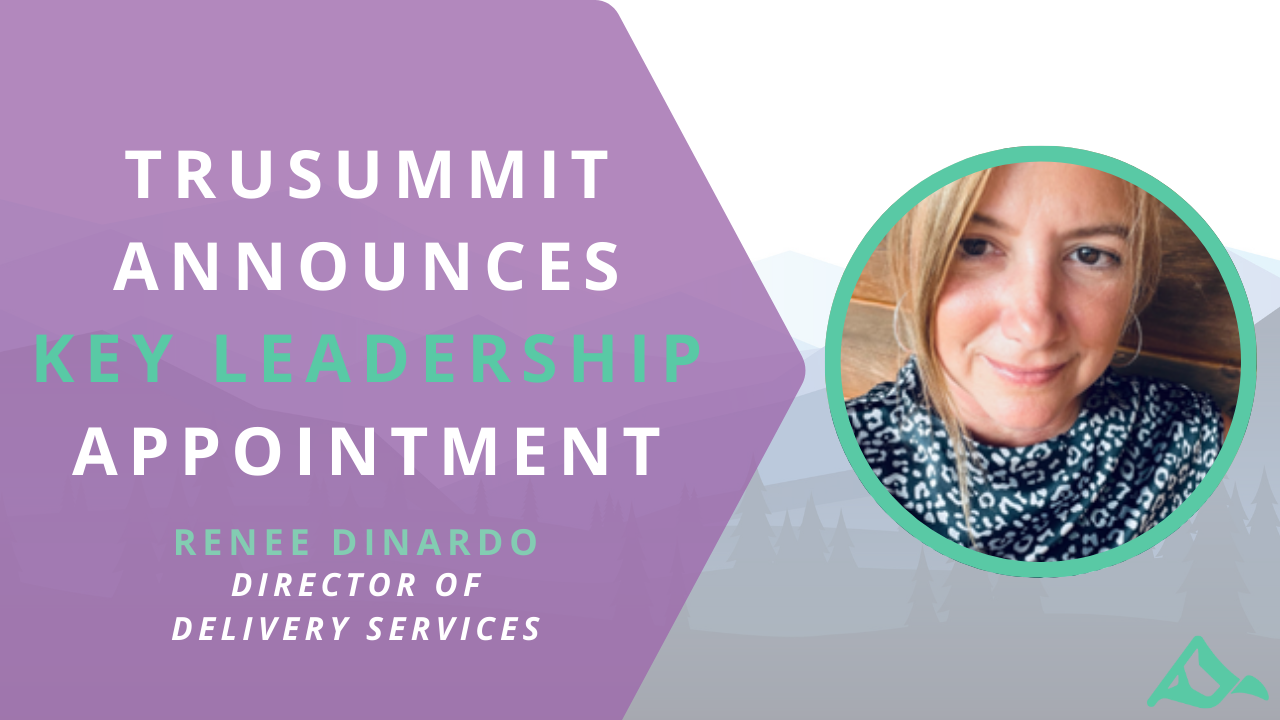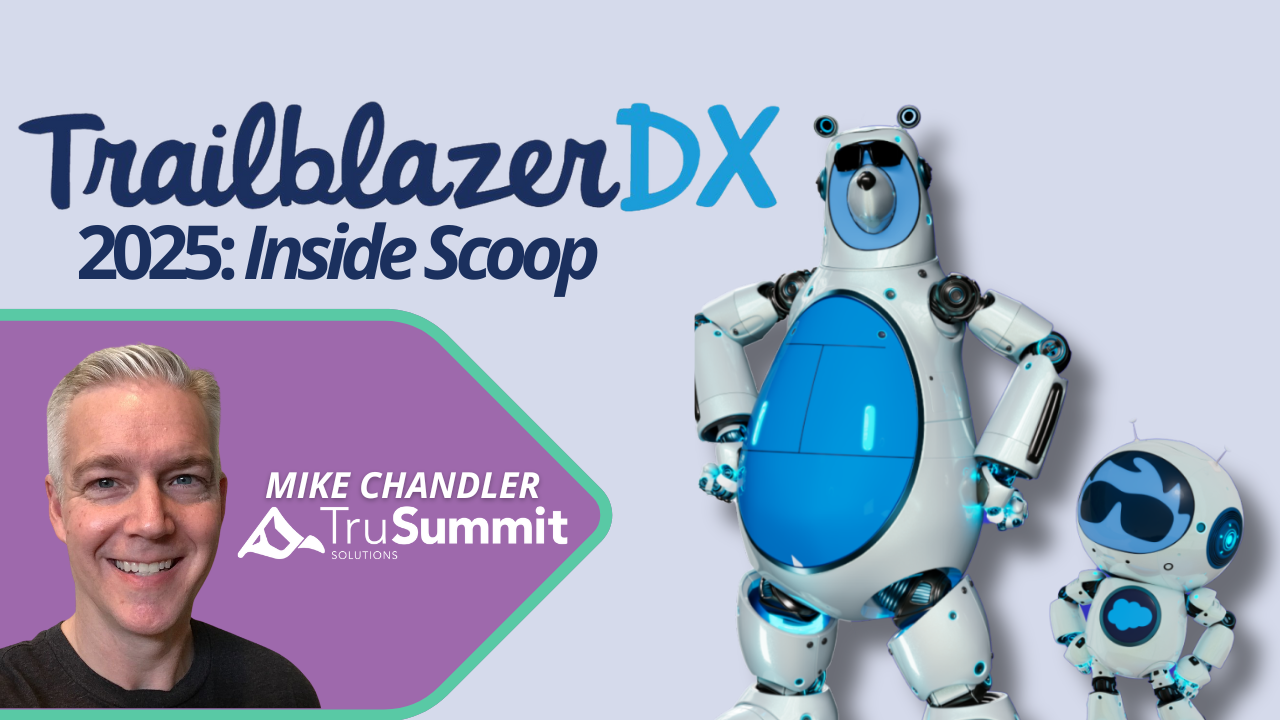As a Salesforce Solution Architect, I have worked on countless Salesforce implementations and enhancements over the years, and I am consistently surprised by the number of organizations that lack a Center of Excellence to provide structured and well-defined guidelines for decision making, best practices, and leadership related to the development and administration of Salesforce.
The need for a Center of Excellence (COE) isn’t specific to a particular organizational size or vertical and includes everyone from small companies with a few users to large multinational corporations with tens of thousands of users and all points in between. It is also not unique to SFDC or even enterprise applications in general, as a Center of Excellence can be apropos for a myriad of organizational needs. I believe, however, that a Salesforce-specific Center of Excellence is an essential part of a successful enterprise application strategy.
So, what exactly is a Center of Excellence? What functions does it perform? And why do you need one? The answer may vary depending on who you are asking and might depend on a number of factors (e.g. ,size of business, overall enterprise application architecture, regulatory issues, etc.), but at its core a Center of Excellence is a centralized governing body chartered to provide guidance and standards across an array of areas.
For organizations with Salesforce at the heart of its enterprise application strategy, a Center of Excellence can detail guardrails for everything from development standards to compliance needs to vendor management. But figuring out exactly what your Center of Excellence should encompass – and who should be involved – can often be a challenge.
This overview can guide your development of a Center of Excellence and give your organization some food for thought as it considers the potential benefits of its own COE.
COE Pillar #1: Guidance
1. Provide Development Standards
Detailed development standards are critical regardless of organization size and should help dictate:
- How new functionality or modifications to existing functionality are created (ie., “clicks versus code”)
- The application environment strategy: How many sandboxes and what type comprise a developmental tree? What type of development is completed in a specific sandbox? What are the testing standards at each developmental stage? What is the frequency with which a functionality is promoted up the tree? Who is responsible for the movement? What tools are being used? (You get the picture.)
2. Provide Prioritization Guidance
While all organizations can benefit from prioritization guidance, guidelines for how to submit and prioritize issues and requests are especially critical for larger organizations with multiple business units and application stakeholders. These guidelines should include:
- How new functional requests are submitted and prioritized: In shared environments, there may be competing agendas for new functionality or updates to existing functionality. Having a process or review board can help mitigate conflicts. This is particularly important if the development team has limited bandwidth or if there is a large backlog.
- The tools that will be used to track new feature requests or document existing issues: Having an easy to use tool can help streamline the process for all involved, from end users to administrators to developers.
3. Serve as an Information Repository:
Having a home for all of the documentation and information related to your Salesforce instance is critical to all organizations, regardless of size or vertical. An Information Repository will house:
- Project Artifacts: A well-documented project will generate several artifacts, including Business Requirements Documents, Functional and Technical Solutions Documents, Project Status Reports, Supporting Documentation, Flow Diagrams, and more.
- Templates: Project artifacts should not need to be recreated for each subsequent initiative. Having a strong repository is essential for stability and continuity across the enterprise.
- Code repository: Documenting a complete library of reusable code and other configuration helps to minimize net new development and leverages economies of developmental scale.
COE Pillar #2: Compliance
1. Regulatory Compliance
Many companies need to adhere to industry-specific regulations. For example, a healthcare company managing personal patient information would be required to have higher data integrity standards. A COE can provide compliance frameworks and details around ensuring that compliance standards are being met.
2. Legal Compliance
A COE should address any idiosyncrasies which might be industry–specific as well as ensure adherence to any local, state, or national laws. This is of particular interest to entities who operate in different countries and regions as the laws may drastically vary across the world.
3. Risk Mitigation
Defining a process to mitigate potential risks is important for all organizations but can be especially critical for larger organizations with multiple business units and application stakeholders. A risk mitigation process might include both internal and external risks; an internal risk might arise when competing interests cause conflict or delay in a scheduled release, whereas an external risk might involve fluctuating economic constraints, like the COVID–19 pandemic.
COE Pillar #3: Process Definition
1. Vendor Management
Determining a process for engaging with new or existing vendors can be critical for larger organizations. As Salesforce rarely exists in an organizational vacuum, its essential to have a defined path for reviewing a potential new vendor, whether that be with a Salesforce–adjacent organization like an AppExchange partner, a third–party integration tool to connect Salesforce to other systems, or a completely separate vendor who may provide a project related tool not specific to Salesforce.
2. License Management
Tracking license information is important for all organizations. As Salesforce has evolved, so has the complexity and variety of the licenses Salesforce provides. Knowing license types, the quantities, the expiration/renewal dates, etc. is critical to ensuring that a maximum return on investment is achieved while simultaneously ensuring there isn’t a gap when business needs fluctuate.
While this should not be considered an exhaustive list of every potential function a Center of Excellence might provide, it can serve as a useful informational guide for creating a strong, repeatable, and consistent COE foundation. These pillars will help ensure that any investment made into Salesforce and the surrounding ecosystem is rewarded with a structured and scalable solution. Want to brainstorm on best practices for building YOUR Center of Excellence? Let’s talk!
Featured Articles

Why picklists beat checkboxes for long-term scale
At our annual Summit (In-person company conference), I shared a simple but powerful lesson in Salesforce architecture: Checkboxes may feel…

TruSummit Solutions Announces Key Leadership Appointment, Director of Delivery Services
PITTSBURGH, PA – 22 May 2025 – TruSummit Solutions, a leading Salesforce consultancy, today announces the appointment of Renee DiNardo…

Trailblazer DX 2025: Inside Scoop
Have you heard? Agentforce is the talk of the town – or in this case, conference! I had the privilege…